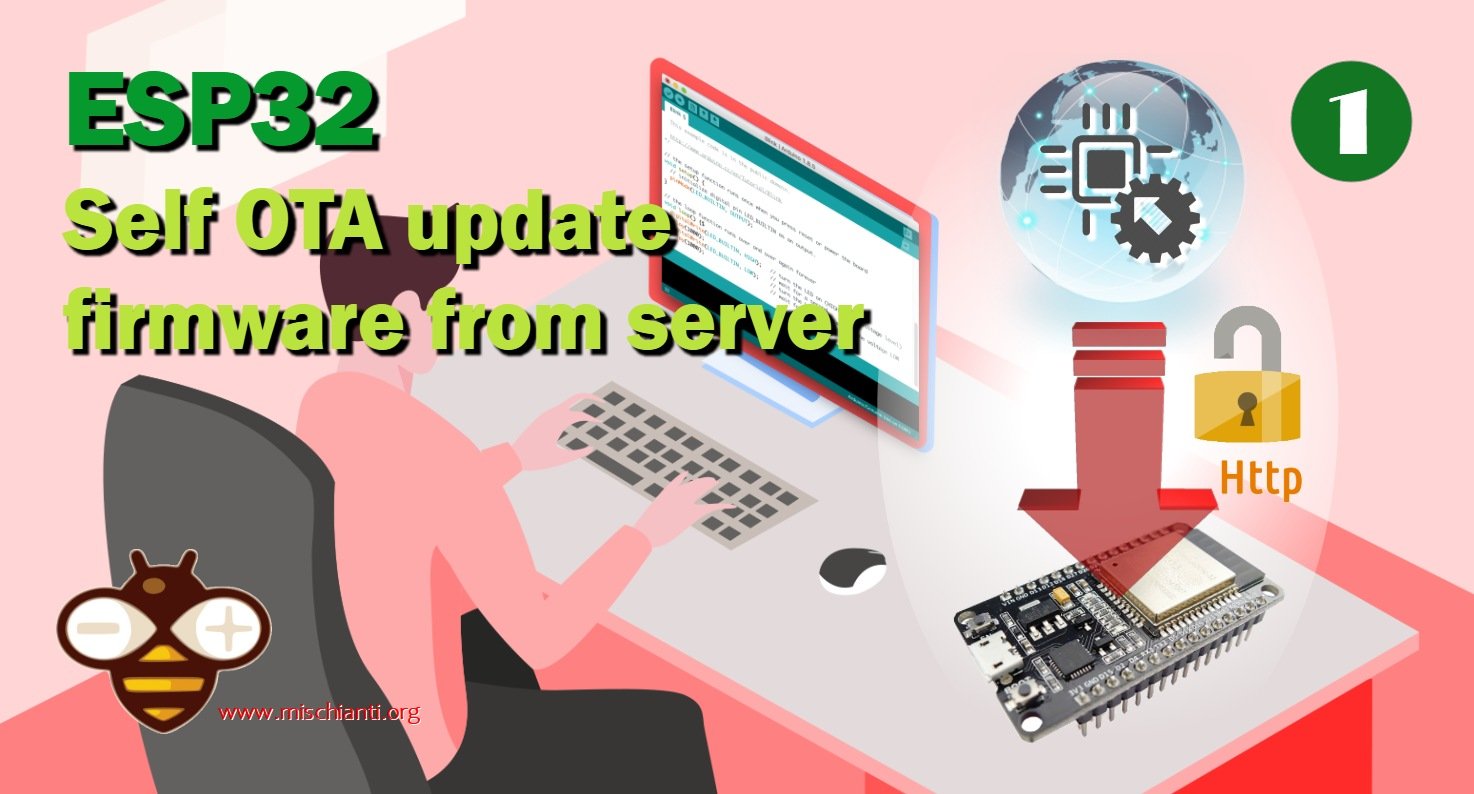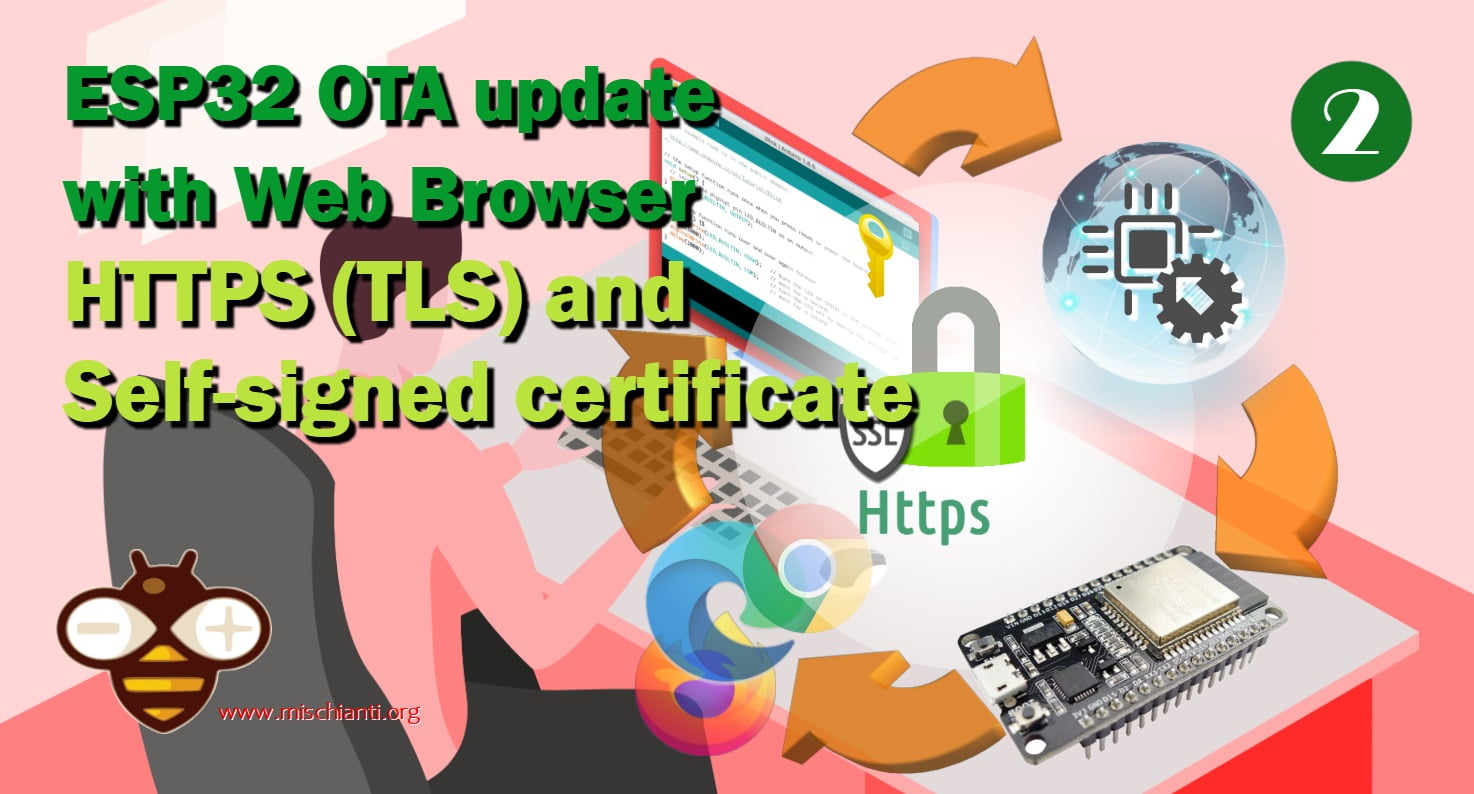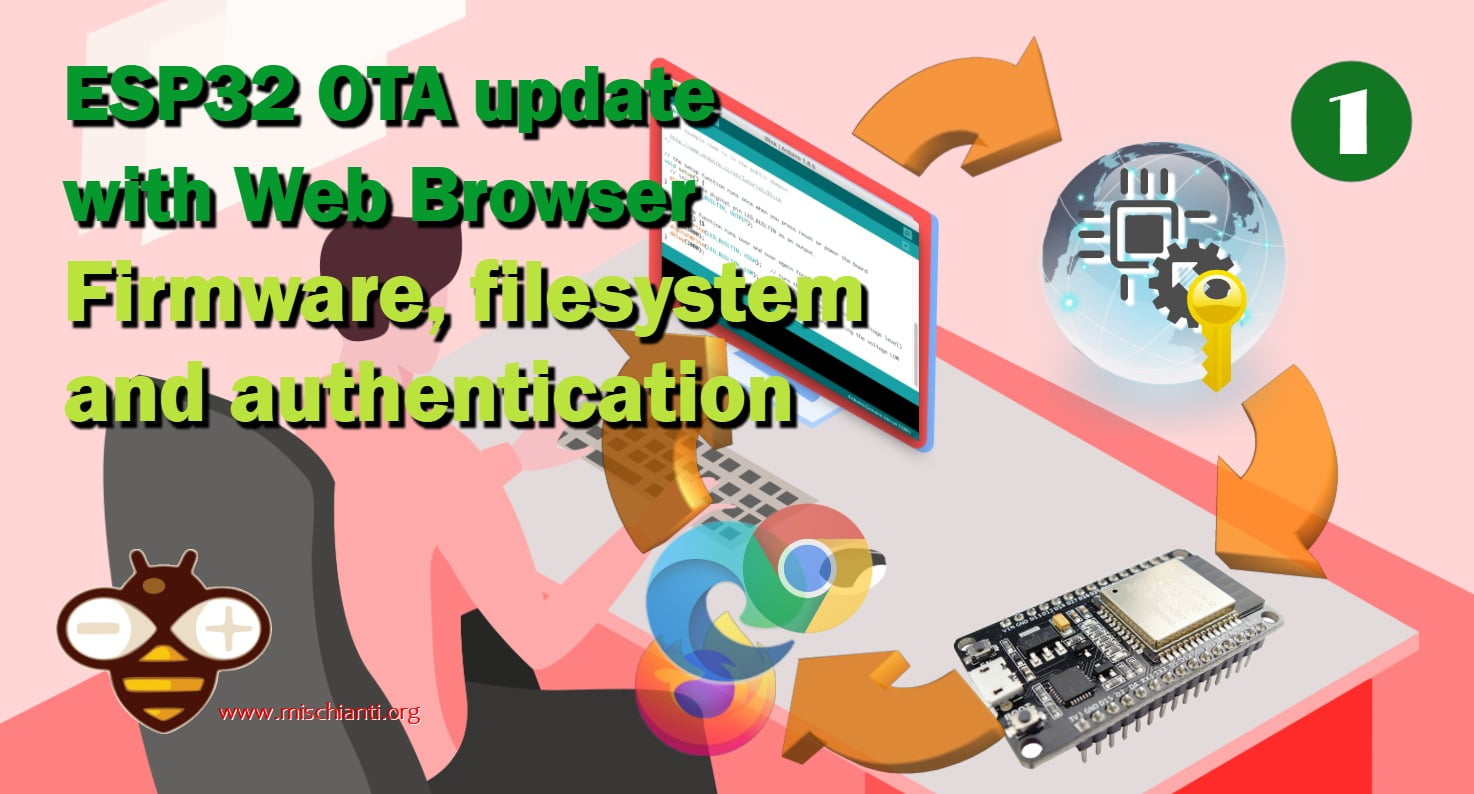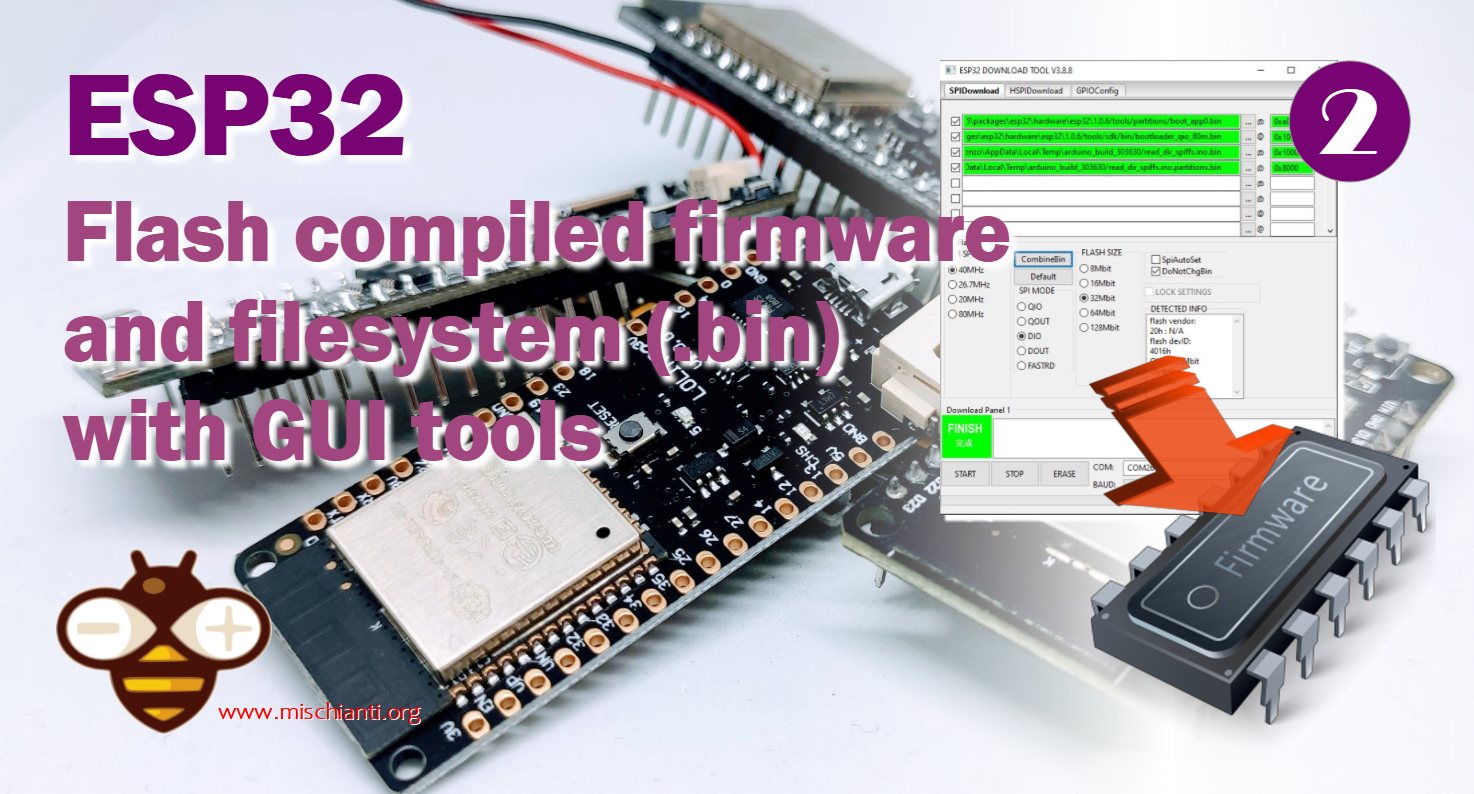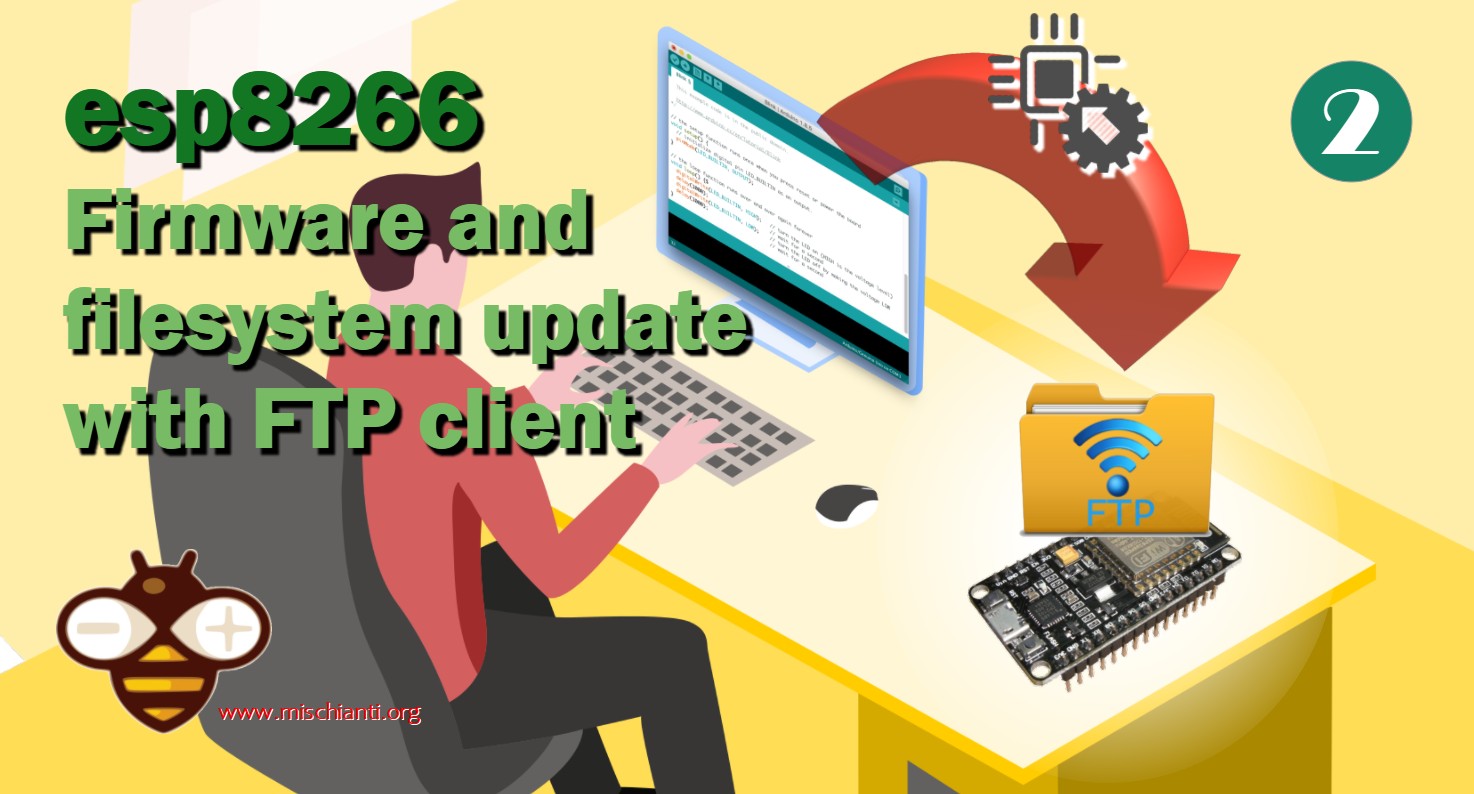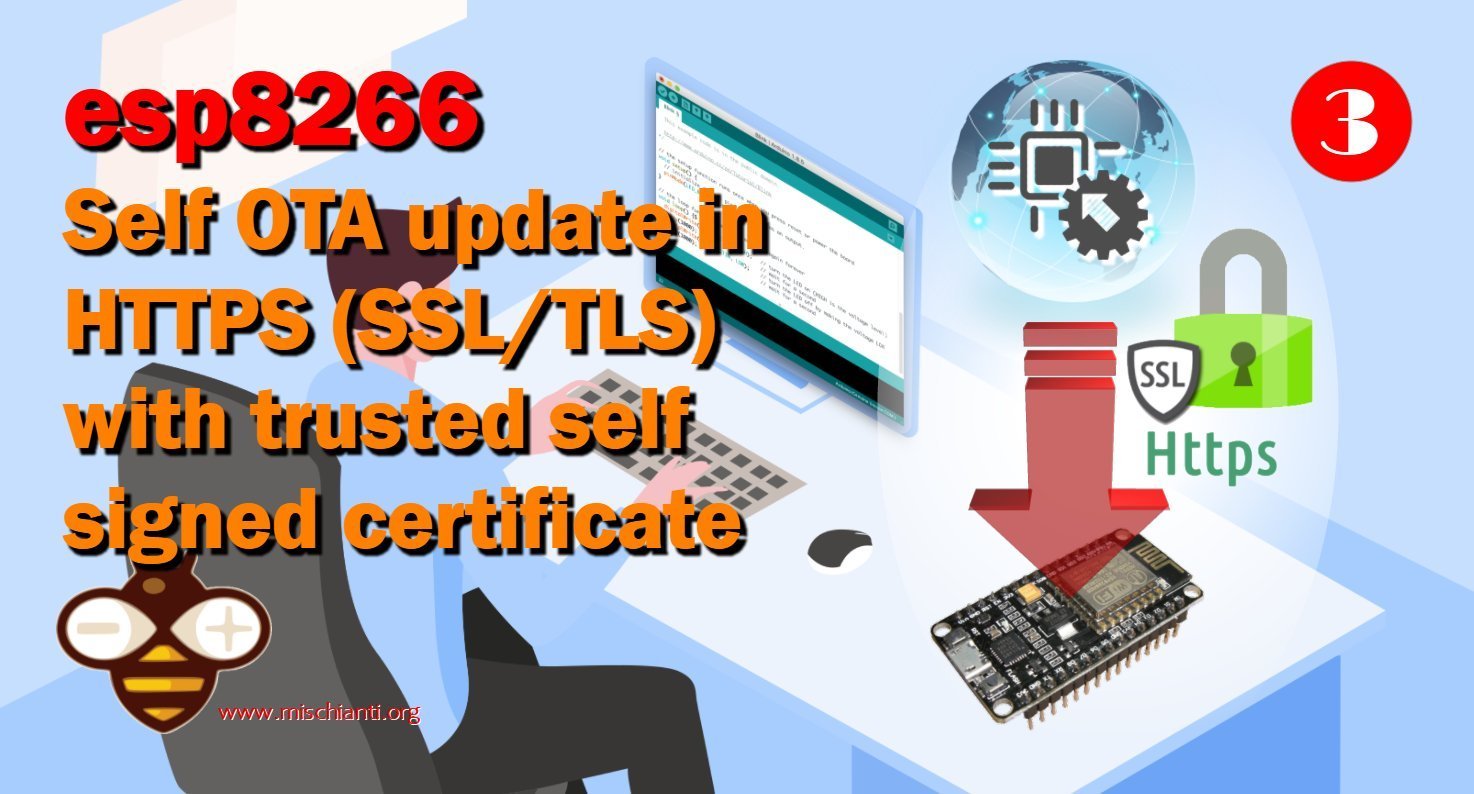ESP32 self OTA update firmware from server – 1
This article discusses how the ESP32 can perform self-OTA updates of its firmware from a server, allowing you to remotely update the firmware of an ESP32-based device without having to physically access the device. To do this, you need to set up a server that hosts the new firmware image and add OTA support to your ESP32 firmware. By implementing self-OTA updates, you can ensure your devices are running the latest firmware without having to physically access them.

